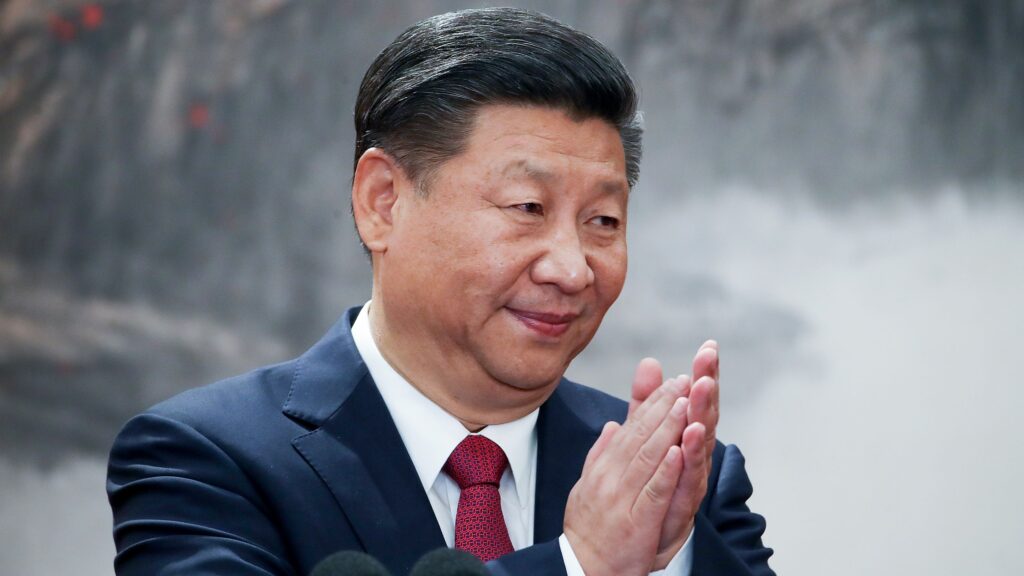China’s consumer prices remained unchanged in July compared to the same month last year, offering a brief reprieve for the world’s second-largest economy as it grapples with persistent deflationary pressure and weak domestic demand.
Data released Saturday by the National Bureau of Statistics showed the Consumer Price Index (CPI) was flat year-on-year, defying economists’ expectations of a 0.1% decline, as forecast in a Bloomberg survey. However, the stability masked uneven trends prices fell in rural areas by 0.3% and for consumer goods by 0.4%.
While falling prices may appear beneficial for shoppers, prolonged deflation can be damaging, as consumers and businesses may delay spending and investment in anticipation of further price drops. This cycle can slow economic growth and reduce corporate profitability.
China’s economy has faced multiple structural challenges in recent years, including a prolonged real estate slump and persistently high youth unemployment, both of which have dented consumer confidence. The trade tensions sparked during former U.S. President Donald Trump’s administration further unsettled markets, with uncertainty over tariffs continuing to cast a shadow.
Still, there were some bright spots. After four straight months of decline, prices rebounded slightly in June, helped by easing price drops in key categories such as cars and mobile phones. “The downward trend of car and phone prices improved, which contributed to the rise of core CPI,” said Zhiwei Zhang, president and chief economist at Pinpoint Asset Management. However, he cautioned that it remains unclear whether deflationary pressures have truly peaked, noting that “the property sector has not stabilised” and that growth is still leaning more on external demand than domestic consumption.
On the industrial side, the picture is bleaker. The Producer Price Index (PPI), which measures factory gate prices, fell 3.6% in July, extending a nearly three-year run of declines. Lower producer prices point to reduced profit margins for manufacturers already engaged in intense price competition—a situation authorities are working to address.
Meanwhile, foreign trade showed signs of life in July, with exports and imports rebounding year-on-year. However, the fragile recovery faces a looming test as the tariff truce between Beijing and Washington expires Tuesday, potentially reviving higher U.S. tariffs and adding fresh strain to China’s economy.

